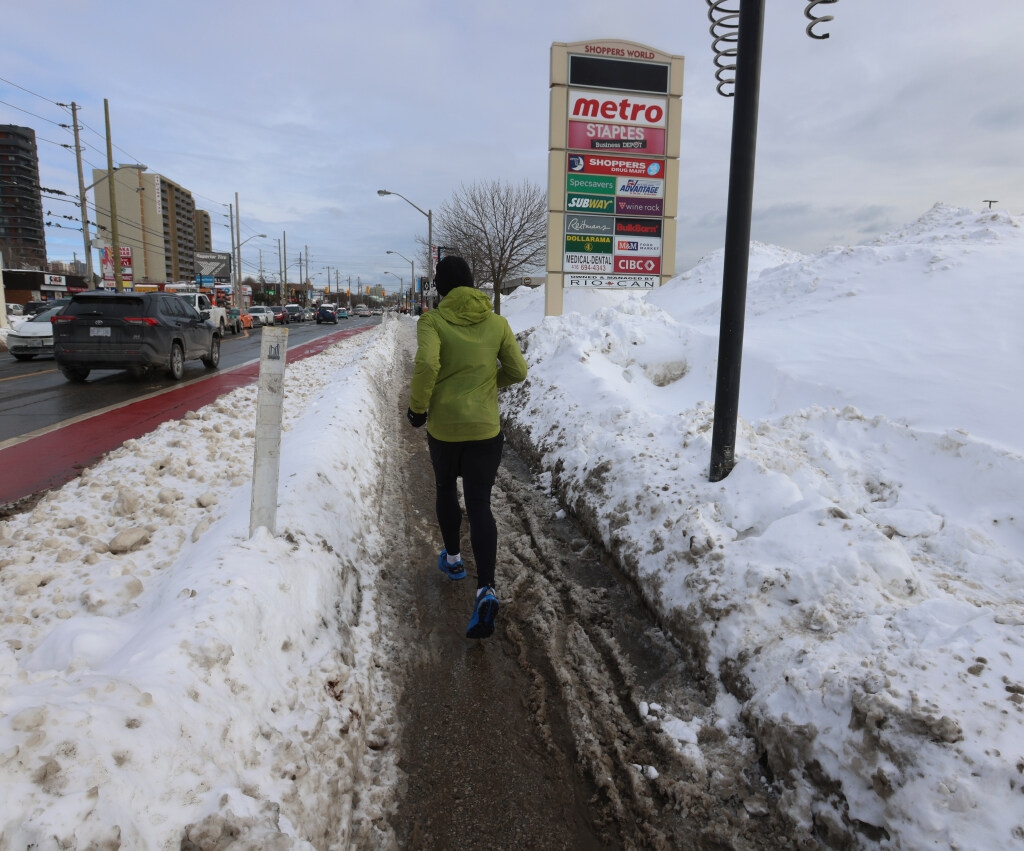Toronto is bracing for winter with a dramatically overhauled snow removal strategy, unveiled this week following a council vote and championed by Mayor Olivia Chow. The shift represents a complete reassessment of how the city confronts snowfall, born from a critical review of last year’s challenging winter storms.
Mayor Chow openly acknowledged shortcomings in the previous year’s response, but framed it as a catalyst for positive change. She praised city staff for a relentless effort to dissect the existing program, collaborate with experts, and ultimately, rebuild a more effective system. “You left no stone unturned,” she stated, highlighting the dedication shown by those involved.
A recent, early-season snowfall provided an immediate test of the new approach, and initial results were encouraging. The mayor noted a significant decrease in complaints received by her office – a quiet success she described as “no news is good news.” This initial success stemmed from a proactive strategy, focusing on preventative salting before the snow even began to fall.

Central to the transformation is a “surge plan,” designed to rapidly deploy and reallocate city resources as weather conditions demand. Improved communication is also paramount, with a key change being the elimination of the previous 311 blackout period. Residents are now viewed as partners, their reports serving as vital eyes and ears on the ground.
City officials are exploring innovative communication methods, including the potential for push notifications to keep residents informed about snow removal operations and parking restrictions. This move aims to provide real-time updates and ensure citizens are prepared for winter’s impact on their daily routines.
Council members also approved a significant increase in penalties for drivers who obstruct streetcar tracks during snowstorms, raising the fine from $200 to $500. This measure underscores the city’s commitment to maintaining public transit functionality throughout the winter months.

Beyond fines, officials are examining strategies borrowed from other cities, such as a “friendly tow” system – currently used in Montreal – where vehicles are temporarily relocated in permit parking areas to facilitate snow clearing, at no cost to the owner. This approach prioritizes efficiency and minimizes disruption for residents.
However, the overhaul wasn’t without scrutiny. Councillor Jon Burnside questioned the narrative surrounding the changes, suggesting that many improvements could have been implemented previously, and shouldn’t be solely attributed to the current administration. He pointed to communication enhancements as an example of a relatively simple fix that could have been addressed earlier.
The city is also addressing a fundamental flaw in its snow removal contract, which currently only covers plowing, not actual snow removal. A forensic audit is underway to determine how this oversight occurred, with a commitment to include snow removal in the 2029 contract renewal. In the interim, the city will utilize its own equipment and personnel to manage snow removal after smaller storms, preparing for larger events.
Ultimately, the city’s revised strategy focuses on five core priorities: a revamped snow contract, the end of the 311 blackout, a unified “one-team” approach, improved equipment, and clear, consistent communication. These changes represent a determined effort to ensure Toronto is better prepared to navigate the challenges of winter.




